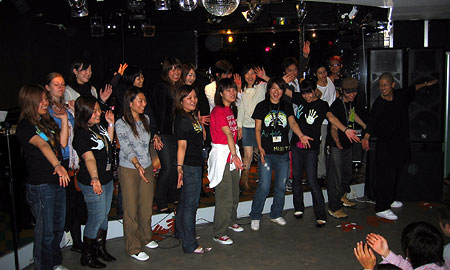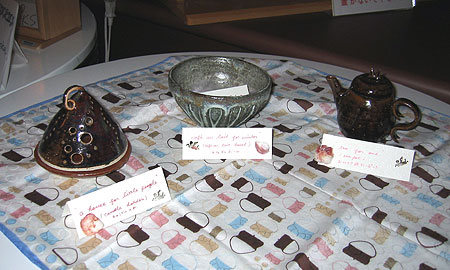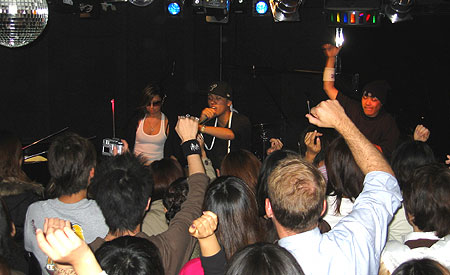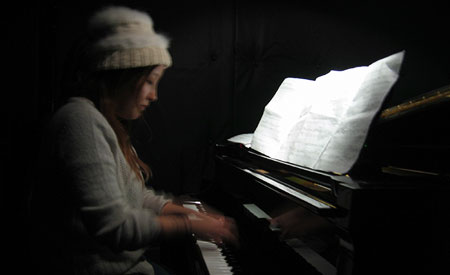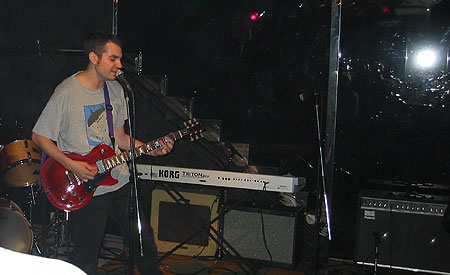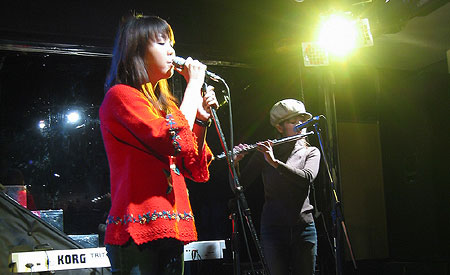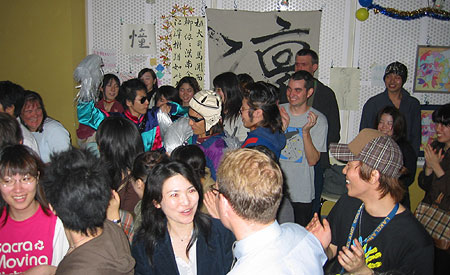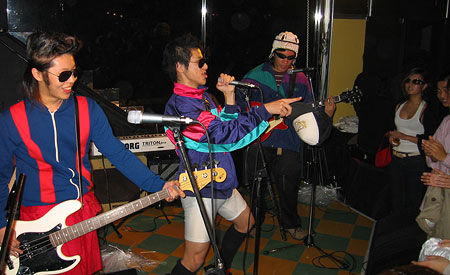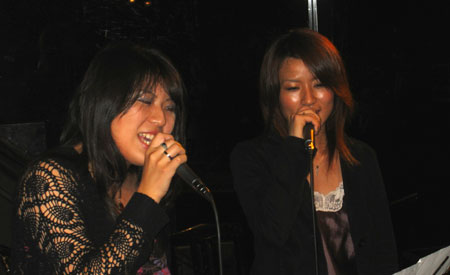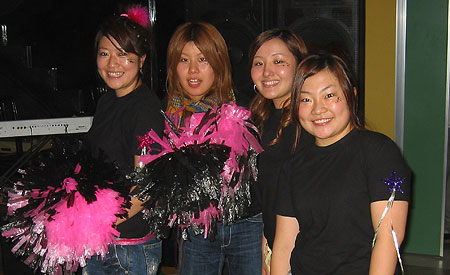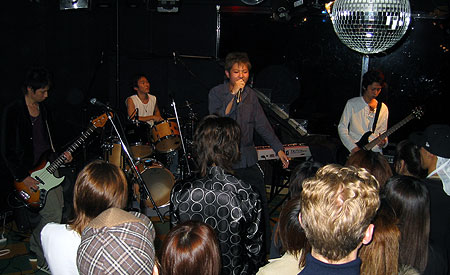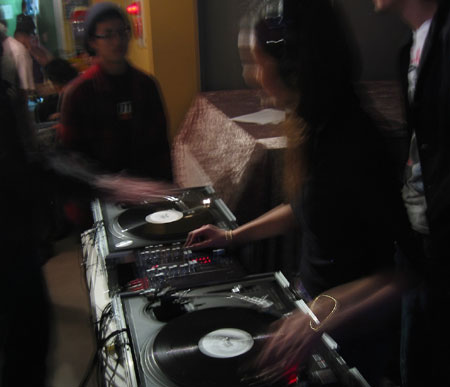I am very happy for Ichiro and his accomplishment; he seems like a nice guy, a great sportsman and is destined to be a major Hall-of-Famer.
As for the reaction of sports fans and the baseball establishment here in Japan, my enthusiasm is a bit more muted. The reason for that is the lack of reciprocity. Japan loves few things as much as a Japanese who travels to America and is a success, especially in breaking records or winning at a popular game. And I would be absolutely fine with that–if the reverse were just as sportingly accepted. But the fact of the matter is, much of Japan despises the foreigner who intrudes and threatens to break a native record. It is not openly spoken of, but it is acted out, by both sportsmen and by the fans.
When I first came to Japan in 1985, I remember the American slugger Randy Bass had come within one home run of breaking the record in Japan. The record holder was Sadaharu Oh, Japan’s Babe Ruth, who got 55 homers in 1964. Bass came within one home run of that record in the last few games of the season, and the last opponent his team played was the Yomiuri Giants–managed by Sadaharu Oh. A standing order was given to the pitchers: walk Bass. For two games, he was intentionally walked, and not allowed to try for the record. And it was generally understood that if it had been a Japanese player, he would have been pitched to. And the Giants were not in contention for the Japan Series, as I recall, so it was not strategic in that sense.
Can you imagine an American baseball manager in the same position? Imagine an American player, turned manager, telling his pitchers to walk out someone who challenges his record. The manager would be booed out of the stadium, even by the home crowds. But add to that a racial element, that he’s denying the challenger the record because of his race… there would be riots. It would be considered the nadir of sportsmanship.
But maybe that’s just Sadaharu Oh. In 1985, a lot of Japanese were behind him, but in 2001, when American Tuffy Rhodes had tied Oh’s record and was threatening to break it, other teams gave him shots, were fair to him. But the last two games of the season were against the Fukuoka Daiei Hawks–managed by Sadaharu Oh. And again, the American player was shut out. Oh claimed that he was “out of the loop” on the decision to pitch around Rhodes, just as he claimed in ’85, but there’s no doubt in anyone’s mind that the orders came directly from him. To his credit, Japanese baseball commissioner Hiromori Kawashima stated publicly that Oh’s actions were “completely divorced from the essence of baseball, which values the supremacy of fair play.” But no disciplinary action was taken against Oh, who still manages the Hawks today. If you ask me, he should have been fired and removed from any halls of fame he has been inducted into.
But it was not only the home-run record being denied, it was an entire system of treatment towards non-Japanese players. Umpires called strikes according to a much-expanded foreigners-only strike zone. Pitchers beaned foreign players far more than they did other Japanese. Fans would often shout racial epithets. And sports newspapers would alter the word 外人–gaijin (“foreigner,” or “outside person”)–to read 害人 (also pronounced gaijin, but meaning, literally, “harmful-person”) to the extent that the word itself had to be banned in the sport.
It was not just in baseball, either; sumo also reacted this way to successful Americans. When Akebono, Musashimaru and Konishiki, all Americans, made the top ranks of sumo, there was a great deal of resistance. Every time one of them won a match, the reaction by the fans were muted. Whenever a Japanese wrestler won against one of them, the crowds went wild, throwing their seat cushions around the arena in abandon, even when the winning wrestler was not all that popular. It kind of turned me off of the sport.
As always, please understand that I am not one of those moan-and-whine Americans who just hates everything about Japan–quite the contrary, I love Japan and I love the people here. But I won’t turn a blind eye to any flaw in the nation’s character here, any more than I would to national flaws in America. These things can only be changed by talking about them openly.
Maybe the game and the fans here have changed in the past 20 years, regardless of what Oh did a few years ago–but frankly, I don’t think it has changed all that much (ask Alex Cabrera, who ran into the same wall in 2002). When I see a foreign player in baseball or sumo (soccer doesn’t count–it’s not long-standing here, so there are few native records of note to break) do well and not only not be hindered, but to have as strong a following and as deep an acceptance as Ichiro has in the U.S., I will be impressed and encouraged.


 Their position is well-chosen: though it’s not clear in the photo above, they’re overlooking the bottom of the underpass just after the road that crosses over it (see right). To see them, a driver would have to look up over their left shoulder just as they come out from under the overhead street, and none do; the cops, meanwhile, have a bird’s eye view of people as they drive by. In other words, it’s shooting fish in a barrel.
Their position is well-chosen: though it’s not clear in the photo above, they’re overlooking the bottom of the underpass just after the road that crosses over it (see right). To see them, a driver would have to look up over their left shoulder just as they come out from under the overhead street, and none do; the cops, meanwhile, have a bird’s eye view of people as they drive by. In other words, it’s shooting fish in a barrel.